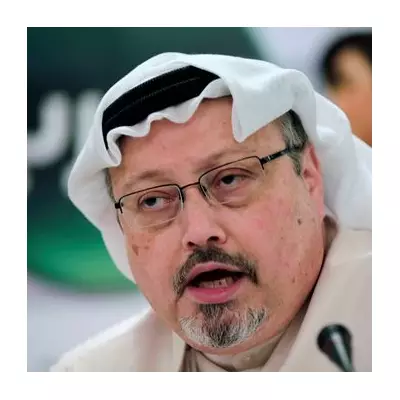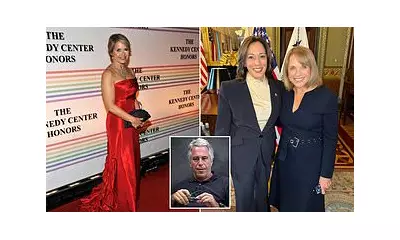
Vice President Kamala Harris's nationwide tour to promote her new book, 'Empathy', has sparked intrigue and confusion in equal measure, as the carefully crafted itinerary appears to deliberately sidestep the nation's most influential media capitals.
A Strategic Circuit: Who's In and Who's Out?
The 15-stop tour, meticulously planned for the coming months, will see Harris crisscross the United States. However, political commentators and media insiders were quick to note the conspicuous absence of two key cities: New York, the undeniable heart of the American media industry, and Washington D.C., the epicentre of political power and press corps.
This calculated move has set tongues wagging, with many questioning the underlying strategy. Is this a deliberate attempt to connect with voters in so-called 'real America' beyond the coastal bubbles, or a more cautious approach to avoid tough questioning from the most seasoned political journalists?
Between the Lines: A Campaign in Disguise?
Analysts are scrutinising the chosen locations, viewing the tour not merely as a literary endeavour but as a thinly veiled political operation. The stops appear strategically aligned with key Democratic strongholds and crucial swing states vital for any future electoral success.
The events themselves are telling: they are predominantly ticketed, often through her publisher, and structured as moderated conversations rather than open press availabilities. This controlled environment allows for a focused message on themes of empathy and unity, central to both her book and her public persona, with minimal risk of off-topic interruptions.
The Unexplained Omissions
The decision to forgo traditional media hubs is a significant departure from the norm for high-profile political figures. It suggests a campaign that is confident in its ability to generate coverage on its own terms, leveraging local media and social platforms to control the narrative directly.
While the Vice President's team has not publicly commented on the specific reasoning behind the route, the message seems clear: this tour is about speaking directly to a specific audience, unfiltered by the established media gatekeepers of the East Coast. Whether this strategy will amplify her message or limit its reach remains the central, unanswered question.





